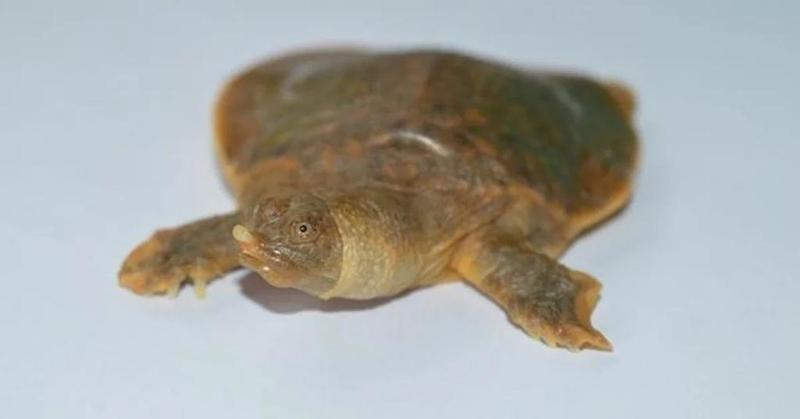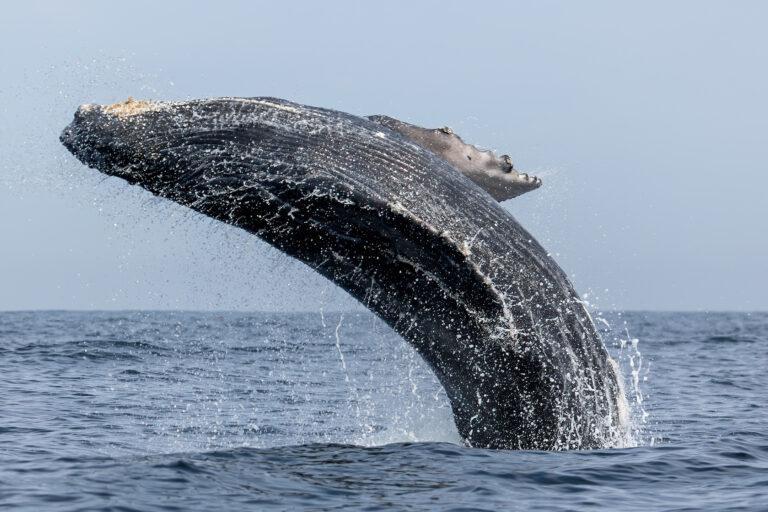
Conservationists welcome new PNG Protected Areas Act — but questions remain
With more than 70% of the country blanketed by tropical rainforests, Papua New Guinea (PNG) is a megadiverse country home to more than 5% of the world’s biodiversity, including charismatic tree kangaroos, egg-laying echidnas and flightless cassowaries. However, since 1972, nearly a third of the country’s rainforest has been lost or degraded due to logging, road construction, agricultural expansion and mining.
In a significant push to conservation, the country’s parliament passed the Protected A
In a significant push to conservation, the country’s parliament passed the Protected A























